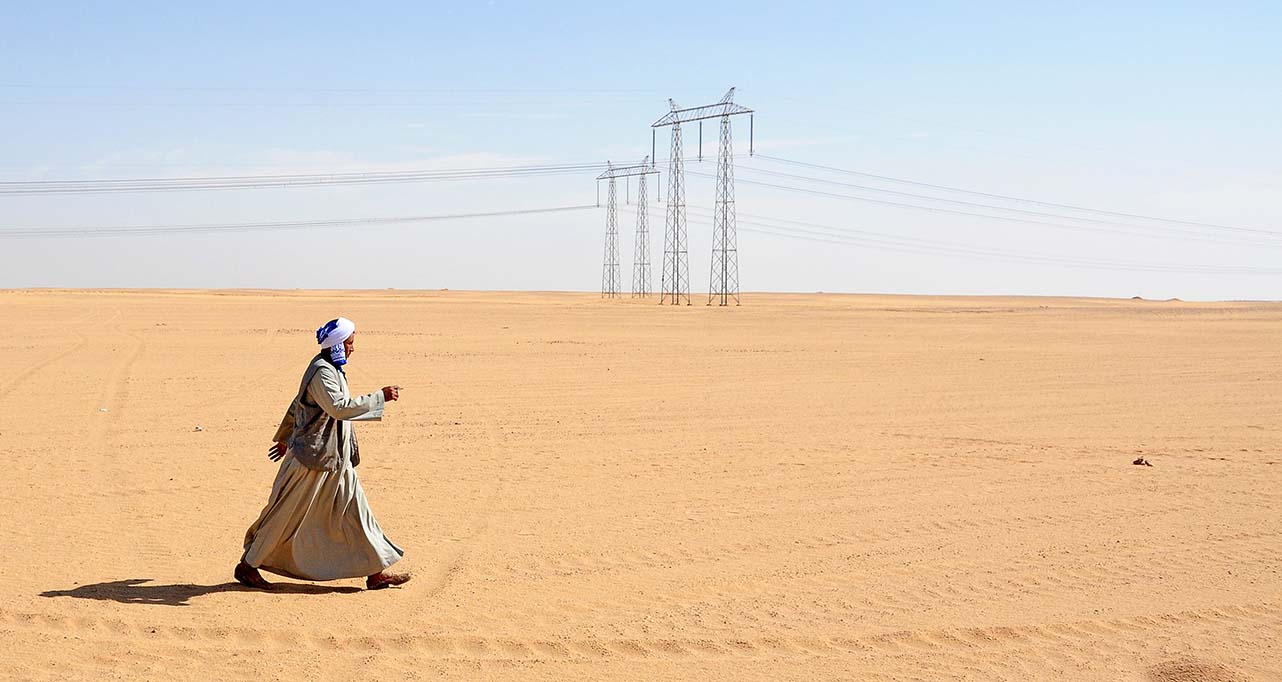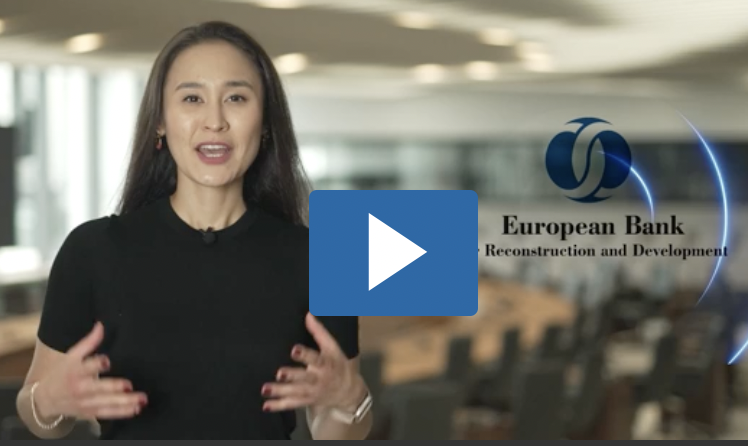Turkey’s opportunities to use “green” technologies are plentiful – and much needed. The country’s economic boom has increased citizens’ wealth and with it demand for energy, both for industrial use and at home.
The bright green bushes on the hills of the Trabzon region show how most people still make a living here. They plant tea, which they generously offer to visitors, and are concerned about environmental degradation.
“Most people and companies use coal as an energy source, but demand is high and the increased use of ‘green’ energy like hydropower will help preserve our unique environment,” says Idris Ozturk, who has lived there for his whole life. “It will also help our country to become more independent from expensive energy imports,” he adds.
Protecting local communities and the environment
Mr Ozturk works as a construction supervisor at a project to build a hydropower plant at Saray, east of Trabzon. The project is part of the Turkish Mid-size Sustainable Energy Financing Facility (MidSEFF) under which the EBRD has, together with the European Investment Bank and European Commission, committed more than €1 billion to Turkish partner banks. These partner banks have in turn on-lent this money to private sector borrowers to help them invest in renewable energies.
With the help of European Union funding, the EBRD’s social and environmental experts ensure that companies have a minimal impact on the local community and the environment. “We have monitored the river flow and water quality since the beginning of the project. Also, to prevent accidents, our workers are wearing their protective gear at all time. Before starting the project, we had several meetings with the local community to take their concerns into account,” Mr Ozturk says.
Musa Uşar, a local resident, took part in these meetings and raised his concerns about the impact on the surrounding landscape and the river’s water flow. “I was sceptical about the project at first, but then I learned that the hydropower plant is not destroying the tea plants and is built through a tunnel. Furthermore, the excavated earth is used to improve rural roads and a new medical centre opened in a nearby village.”
Wind of change
Since January 2011, MidSEFF has financed 28 sustainable energy projects which are helping to reduce CO2 emissions by 1.2 million tonnes per year, explains Adonai Herrera-Martinez, Principal Banker in the EBRD’s Istanbul office. “These investments into ‘green’ energy produce enough electricity to cover the needs of 3.6 million people in Turkey, which is equivalent to the residential electricity needs of a city of the size of Izmir.”
“Moreover, the EBRD has contributed to harmonising the environmental and social standards applied in these projects with those of the EU and has declined support for around 20 per cent of the projects due to the prospect of adverse risks to the environment and made local banks aware of these risks,” he adds.
But the EBRD’s work has an even wider impact than its MidSEFF projects. It has helped set a new benchmark in the Turkish market and many partner banks have adopted its strict social and environment requirements. Garantibank is one of them and has replicated what it has learned from the EBRD in the city of Soma.
Nowhere could the contrast between ‘the old’ and ‘the new’ be more visible than a two hour drive from the bustling port of Izmir. A long, winding road passes by one of the country’s oldest and largest mining sites and coal plants before ending on a hill overlooking dozens of wind turbines.
“The coal plant has a direct effect on our lives. I have to keep my windows closed at home at all times, otherwise our rooms are filled with black smoke and particles. It has been a constant problem and the main reason why I am considering moving away,” explains one of the local villagers.
All this despite the fact that so close to the Aegean Sea wind is abundant and readily available as an energy source. That is why Garantibank has financed a large wind farm on the hill tops. And there is good reason to do so: the region’s pristine coastline and ancient ruins need to be preserved for locals and the many tourists who flock in from all around the globe.
Building a windfarm comes with its challenges though, as Simten Ozturk, Supervisor at Garantibank’s Project and Acquisition Finance Department, knows. “Several expert studies – from monitoring noise levels to researching bird migration patterns – made sure that the wind farm doesn’t have a negative impact on villagers or animal life. In addition, the energy company planted 2,500 trees, replacing the 300 ones cut during the construction phase.”



